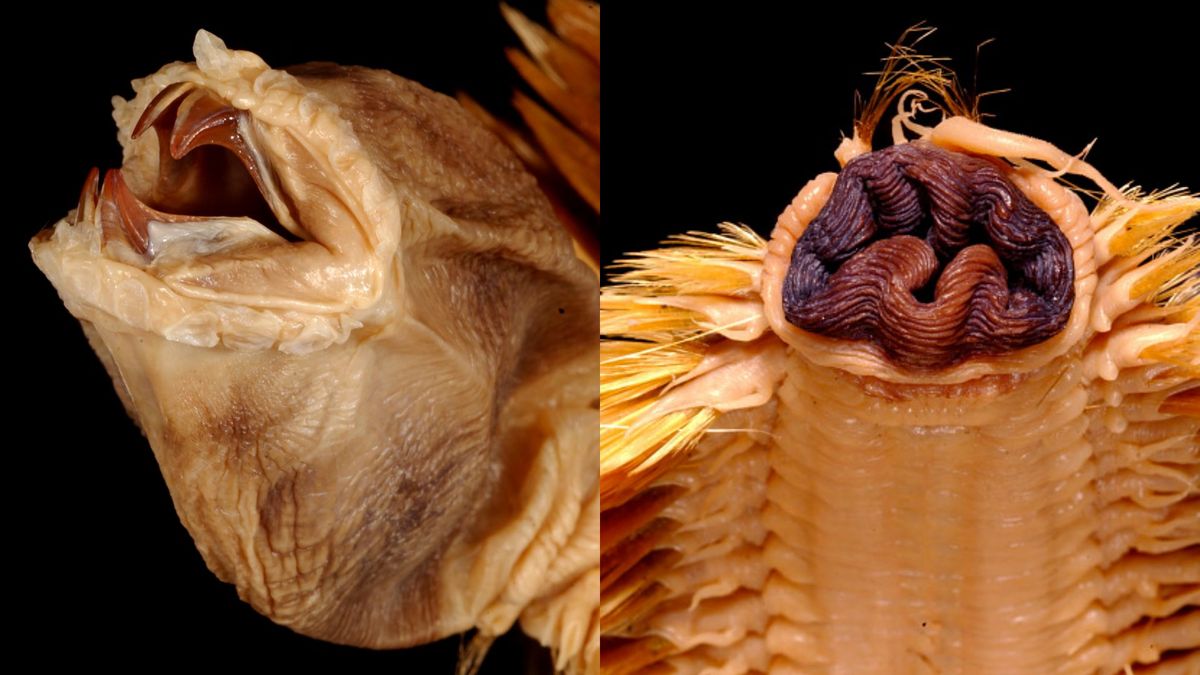Scientists have invented a smart fabric that converts light into heat and can raise temperatures by more than 54 degrees Fahrenheit (30 degrees Celsius) after just 10 minutes in the sun. The new material could be used in clothing designed for very cold temperatures.
Specialized nanoparticles that absorb sunlight and convert it to heat are embedded within the new material, which was described late last year in the journal Advanced Composites and Hybrid Materials. At the same time, temperature-responsive dyes incorporated into the fibers reversibly change color, allowing users to visually monitor temperature fluctuations.
Maintaining body temperature
For years, scientists have designed wearable heaters to help maintain a comfortable body temperature in cold environments. Such fabrics could be used in mountain rescue equipment and even pet clothing, but existing designs typically rely on expensive components such as metal nanomaterials or cumbersome battery-powered heating elements.
To get around these problems, chemical engineer Yuning Li and his team at the University of Waterloo in Canada looked to photothermal polymers, which are plastic-like materials that convert light into heat.
Nanoparticles of the two polymers — polyaniline (PANI) and polydopamine (PDA) — are embedded within a matrix of thermoplastic polyurethane (PTU) fibers, a material widely used to produce waterproof clothing and sportswear. The team also incorporated various temperature-responsive (thermochromic) dyes into the mix during the spinning process, producing a series of fibers that changed color as the temperature of the material increased.
These newly spun fibers were readily woven into fabric and the team knitted a tiny sweater for a teddy bear to test the properties of the smart material. The red jumper reached an impressive 128.3 F (53.5 C) after just 10 minutes of sun exposure. As the temperature climbed, the red dye molecules changed chemical structure, causing them to turn white.
“The incorporated nanoparticles are highly efficient at absorbing sunlight across a range of wavelengths,” Li told Live Science in an email. “When sunlight hits these nanoparticles, they absorb the energy and release it as heat through a process called photothermal conversion.”
The smart fabric has a soft and elastic texture, which allows the material to stretch by as much as five times its original size and retain its color- and temperature-changing properties even after 25 washes, according to the study. “We prioritized durability, ensuring the fabric could withstand repeated use and environmental exposure while maintaining its innovative properties,” Li said.
The team is working to prepare the material for commercial manufacturing, but they still have to do further testing before it can gain widespread use.
“The next steps for this research focus on reducing production costs, scaling up the fabrication process, and ensuring the fibers are safe for prolonged skin contact,” Li said.













